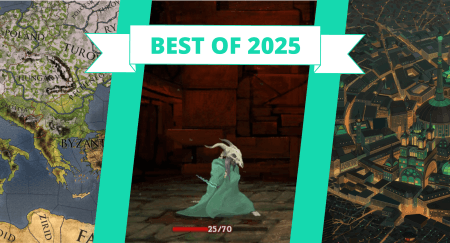It has been 14 years since we last saw a Bleach game released, but thanks to developer Tamsoft Corporation and famous anime publisher Bandai Namco, that streak is over with BLEACH Rebirth of Souls.
When the first trailer dropped for this game, well before it even had a release date, I was ready to go all-in to get it. Bleach fans have been starved for content over the years (look no further than the decade-long wait to see the anime return), so naturally I had to give this game a try.
Powered by an incredible marketing campaign that has released new videos practically every week since summer 2024, BLEACH Rebirth of Souls is finally here. The end product is a solid, if somewhat shallow, entry for fans and newcomers alike, and a good first step into the competitive fighting game scene.

Substitute Shinigami Ichigo Kurosaki
BLEACH Rebirth of Souls does its best to summarize the story arc of Ichigo Kurosaki as he develops his powers as a Soul Reaper. Entering a world ruled by the Soul Society, he faces countless perils while trying to save his friends from danger and figure out what he stands for as a Soul Reaper.
The game follows the Bleach lore well, focusing on five key narrative arcs: the Substitute Shinigami arc, the Soul Society invasion, the Visored (or Vizard) Training arc, Hueco Mundo, and Fake Karakura Town. There are no anime cutscenes; instead, each moment you remember from the series has been recreated in 3D. Dialogue is taken almost directly from the anime, so you can be sure you’re getting the authentic mood and feelings from the game’s sizable cast. Through this setup, we see some of the biggest fights in the series realized in gaming form, attempting to recapture what made them epic so many years ago.
While the major beats are there, unfortunately, some of the more minute details are lost in translation. The deepest motivations of each character are explained during battle—something in line with the actual manga/anime but not particularly conducive to a video game. As someone who played with the subtitles (I prefer the Japanese voices for Bleach), I found this a little distracting.
Likewise, I found myself frustrated with the game’s structure. In “Story Mode,” Rebirth of Souls sometimes presents players with branching paths, each leading to its own decision tree of events. Too often, however, I’d pick a path only to discover I had selected a series of cutscenes with no gameplay. None of these are optional, so I usually skipped through them if I remembered what occurred.
Frustrations aside, there are a lot of moments in the story mode that just feel right. The first Yoruichi fight is a blast, and Uruhara’s square-off with Yammy stands out as a particularly memorable showdown.
Overall, newcomers and veterans alike can play the story mode in Rebirth of Souls confident they’ll get most of the Bleach story up until the Fullbringer arc. Sadly, the game barely covers the Vizards—a real shame, given their importance to the story and world-building.
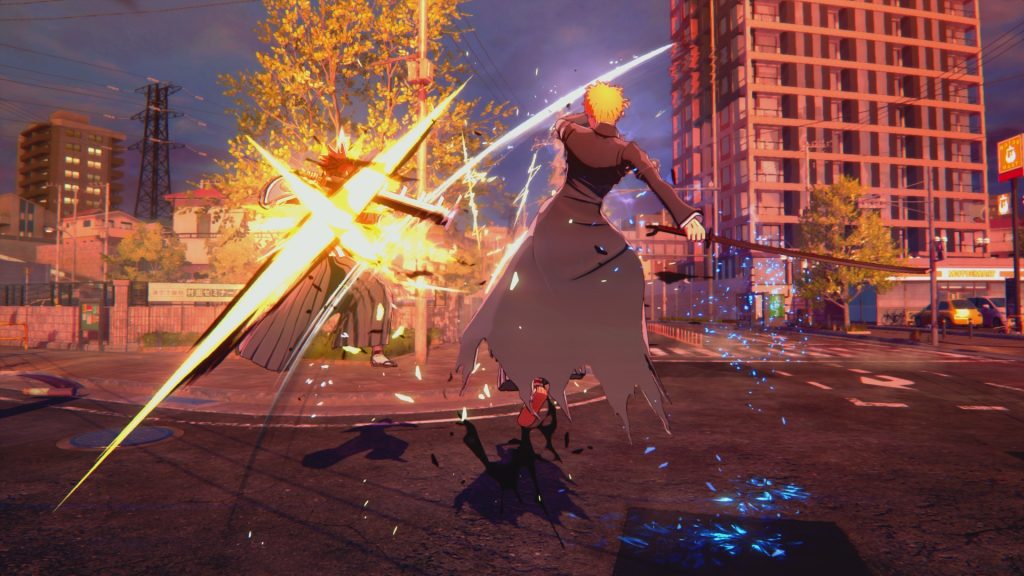
Fighting Like a Shinigami
The last non-mobile Bleach game to get an international release was 2011’s Bleach: Soul Resurrección. While that game played more like a Dynasty Warriors fighter, BLEACH Rebirth of Souls embraces more traditional fighting-game roots.
When you start the game for the first time, you’ll meet the Flash Master herself, Yoruichi Shihouin, and take on a tutorial reminiscent of an iconic moment in the series. Under Yoruichi’s tutelage, you learn about the basic elements of fighting and how to advance your strength in the flow of battle.
Each character has a health (i.e., reishi) bar that depletes as you are attacked. In order to defeat your opponent, you must eliminate the number of lives (konpaku) they have by using a special attack called a “kikon.” A good example of what these moves encompass is Rukia’s attack, where her blade Sode No Shirayuki leaves enemies inside a large frozen pillar.

As you fight, your spiritual power builds, allowing you to use a character’s spiritual abilities to help you deplete your opponent’s health. You also have “signature” moves which can be used at any time to do damage. Simultaneously, the fighting spirit gauge (I know, so many bars to track) increases as you deal damage or have your konpaku broken.
Eventually, the fight builds to the point where you can release an “evolution” (a generic term for a Bankai, Resurrección, or any character transformation); some characters even have second forms called “awakenings.” These transformations enable your character to do increased damage and unlock a different set of kikon moves, increasing the amount of konpaku you can remove.
You have one more bar still in the reverse gauge bar, which allows you to teleport to your opponent using hoho (what the show calls “shunpo,” aka flash step for Soul Reapers or sonido for Arrancar), dodge attacks, or continue combos. The main use for this gauge is to help you switch the momentum of battle by activating it for a “reverse gauge action” which can help you increase spiritual power, move better, or improve attack rates. If you haven’t evolved yet, this is your lifeline.

Complex Ideas, Mixed Results
If this all sounds confusing, that’s because it is. The battle system offers a lot of ideas, but in reality, the action really boils down to two buttons—either light attacks or heavy attacks (what the game calls “flash attacks”).
I was surprised by how little you can combo attacks outside of predetermined combo strings. Much of the game involves stringing together the same moves (smashing square or triangle four or five times), teleporting behind someone (if you have the reverse action gauge bar to do so) and finishing that combo string with the same button to knock the enemy away.
Signature attacks can be good ways to break up this cycle, as can characters’ spiritual pressure moves. Sadly, many of these moves serve as counters, making them more niche than anything.
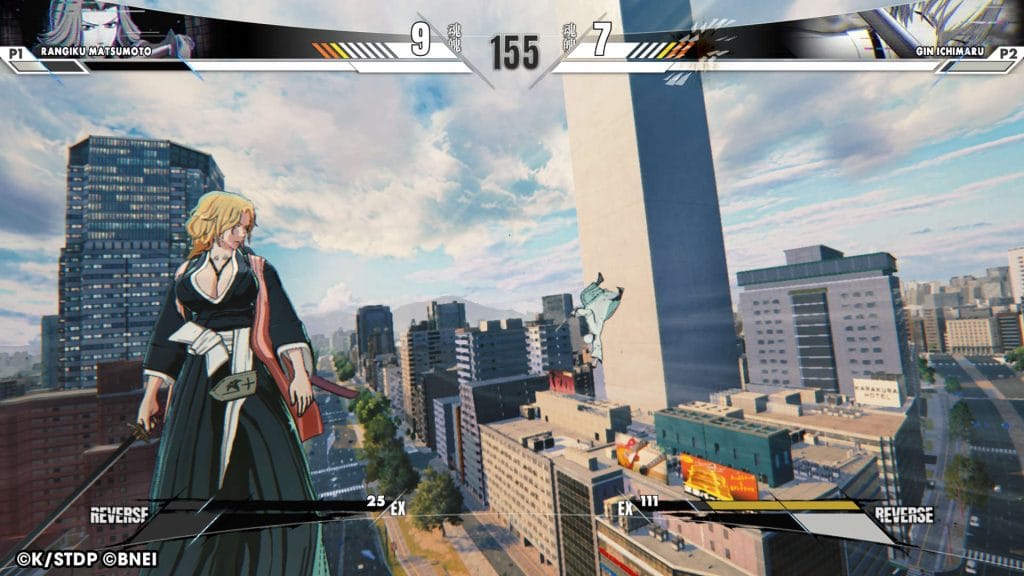
The window to counter/parry is also very small. It’s almost not worth it to do so, as the move can’t be canceled once started, giving it a high degree of risk. Most of the time, you’ll be relying on bread-and-butter combo strings, and not much else.
If you are expecting explosive battle sequences where a Getsuga Tenshou and Cero can clash, then lower those expectations. Don’t expect to dodge kikon moves either, especially below 30% where this move automatically hits (not even a flash step/sonido will save you). This isn’t Dragon Ball: Sparking! Zero—you will not be teleporting all around the screen.
BLEACH Rebirth of Souls is more in line with Dragon Ball Z: Budokai. Though its combat has some missed opportunities, it’s a step in the right direction, especially for an anime that hasn’t had a proper console fighter in years.
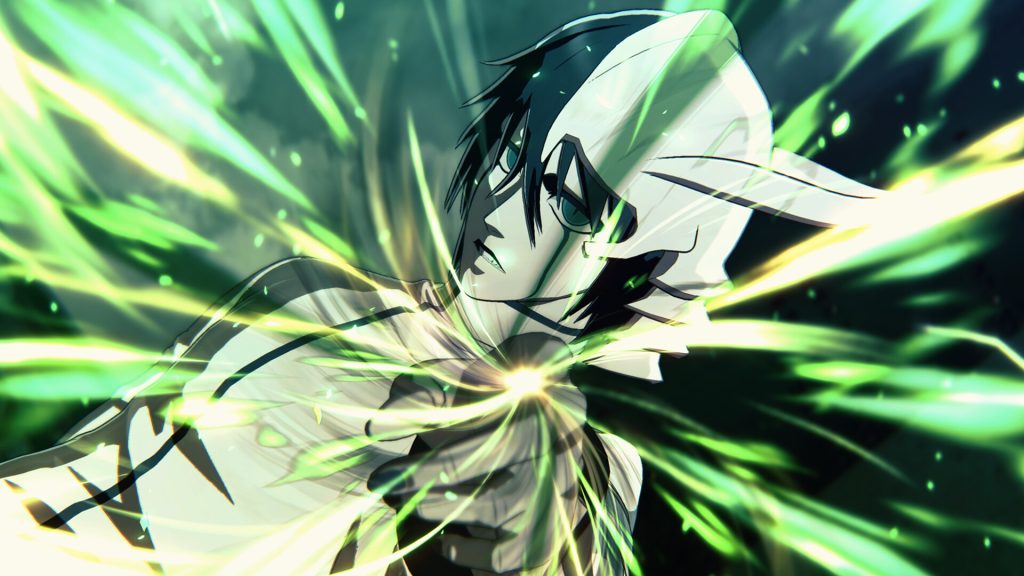
Bringing It All Together
BLEACH Rebirth of Souls has some small details that excited me as a fan. The loading screen icon is Ichigo’s substitute Soul Reaper badge, and the black hell butterfly (Jigokuchō) appears in informational menus to denote the end of whatever you’re reading.
The story arcs all receive a unique color to denote which arc you’re currently working on. Even more exciting are the original openings (with new songs) that begin each chapter, capturing that anime feel.
While covering the full scope of the anime’s plot events is nigh impossible, Rebirth of Souls covers everything up until the show’s time skip. The game does suffer some noticeable character absences, such as Urahara’s crew and many of the Vizards.
Visually, the game renders some scenes wonderfully, such as the Ulquiorra vs. Ichigo first encounter inside Hueco Mundo; overall, though, I found the game’s visuals just fine. Yet, graphics aren’t what ultimately sustains interest in an anime fighter, and the gameplay admirably scratches that itch.
I can only surmise that licensing prevents us from having Shiro Sagisu’s original soundtrack from the anime, which is a shame. The game’s music is at times interesting—like the main menu theme—but mostly it just fades into the background.

Style vs. Substance
Bleach still reigns supreme as the coolest, most stylish of the “big three” (Bleach, Naruto, and One Piece), and Rebirth of Souls reminds us why.
The art style of Bleach has always been a combination of slick city style, traditional wear with heavy color tones, and hyper-focused details particular to each character. While BLEACH Rebirth of Souls doesn’t always do justice to its biggest battles, it nails that general Bleach look and feel. (Its menu screens are the best I’ve seen since Persona 3: Reload.)
Rebirth of Souls marks the first console effort to tell the majority of the story of the Bleach universe, and the first that attempts to capture the flashy abilities of its characters. It’s hard to build a balanced fighting game (most fighters spend years in arcades before finding their stride), so perhaps it shouldn’t come as a surprise that the game falls short of the mark.
Rebirth of Souls’ gameplay flaws may be understandable, but that doesn’t make them any less disappointing. This title just doesn’t swing big enough in combat. I want to release spiritual pressure attacks that can cut the moon in half, and we don’t get that here. What we do get is a nice brawler that shows off some sleek combos with flashy moves in between.
Polish wise, however, the game leaves a lot to be desired. Subtitles in some cutscenes cut off, rendering them unreadable. Item descriptions, similarly, don’t seem to have text wrapping, making them often impossible to read in full. These bugs are glaring at times, taking away from an otherwise slick-looking game.
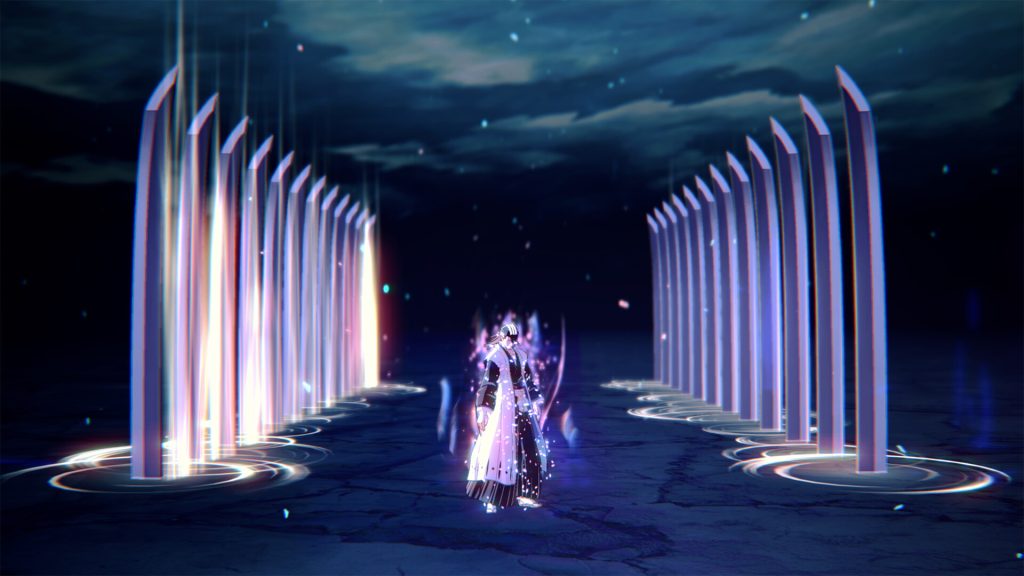
Final Thoughts
In some ways, I feel like Rebirth of Souls was packaged neatly but ultimately rushed. The in-game Urahara shop lacks the character of funny quips or tantalizing dialogue, as well as the characters (no Tessai, Jinta, or Ururu) I would expect to find. It’s just a bunch of menus with options to buy things.
The online PvP mode is cool, and it’s fun to see how characters stack up against each other, but many people will clamor for a ranking mode, as all that’s here currently is casual play. (Ain’t no love of the game just for the game these days.) As mentioned before, there are also some notable character absences. As of writing, the game supports 31 playable characters (not counting multiple Ichigo variations), with more hopefully on the way via post-launch support.
I do find myself enjoying this fighting experience despite knowing it can evolve to higher combat heights. The cast is incredible for a first outing, and if Bandai Namco does greenlight a sequel, these characters will be more finely tuned and hopefully can duke it out in stage-destroying experiences. If you love Bleach, you’ll definitely find the right character for your enjoyment, and that is more reason to play it.
Score: 7.2/10
BLEACH Rebirth of Souls, developed by Tamsoft Corporation and published by Bandai Namco, is available now on PC, PlayStation 4 & 5, and Xbox Series X/S. MSRP: $59.99. Version reviewed: PlayStation 5.
Disclaimer: A review code was provided by the publisher.
Vaughn Hunt is writer who has loved video games since he picked up a controller. His parents wouldn't let him buy swords as a child (he wanted the real ones) so he started writing, reading, and playing video games about them. A historian at heart, you'll often find him deep into a rabbit hole of culture, comics, or music.








